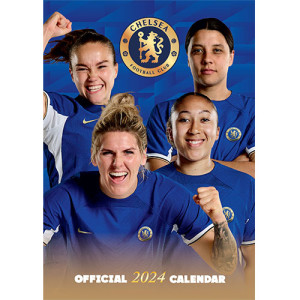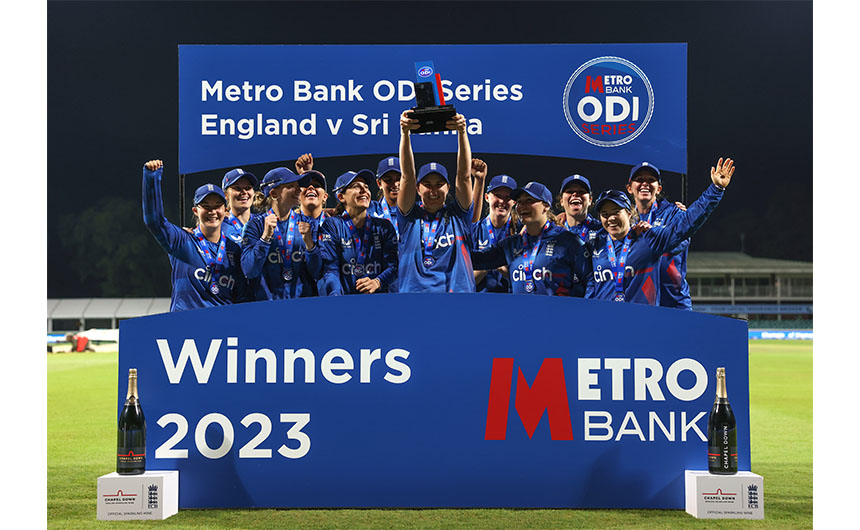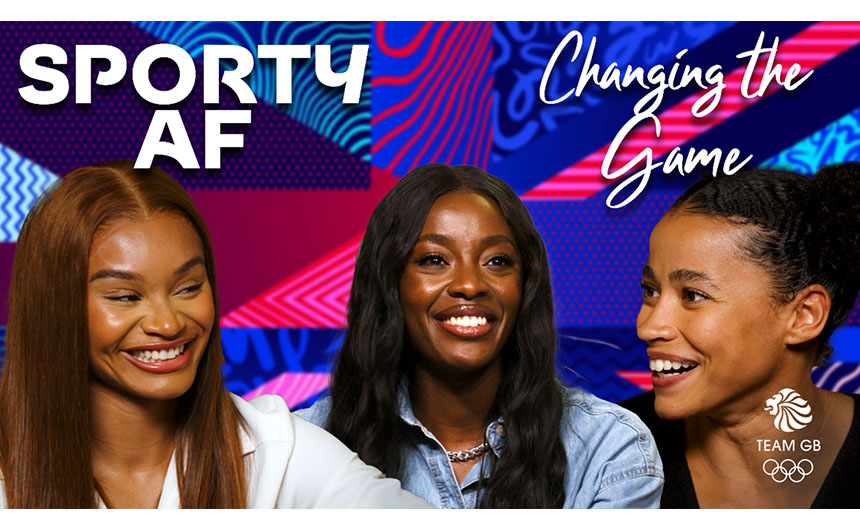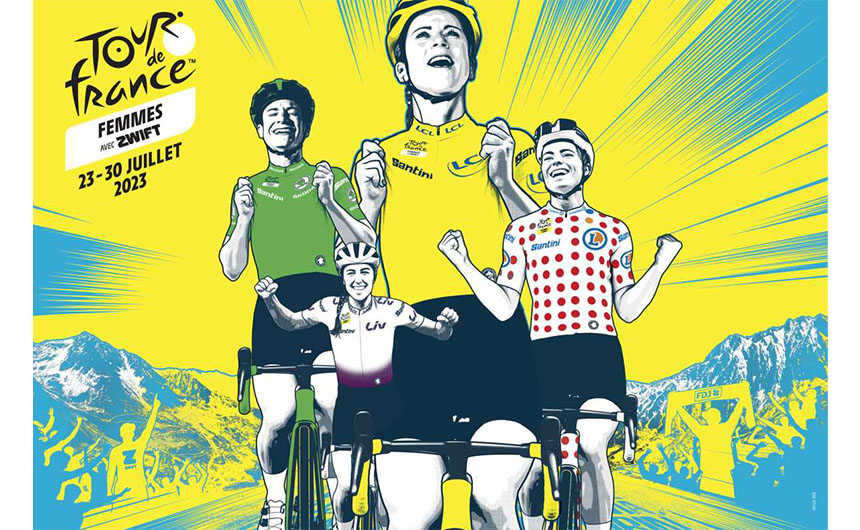The successes on the pitch of The Lionesses, the Red Roses and the England Women’s cricket team among others are inspiring both male and female, young and old, and, in turn, creating a major opportunity for the licensing business. Samantha Loveday takes a closer look.
Two examples really brought it home to me over the summer just how the perception of women’s sport has changed.
A colleague’s 10 year old daughter becoming hugely invested in the Lionesses and declaring that she wanted her own shirt after watching the final of the FIFA Women’s World Cup. And that playing cricket feels like the most natural thing in the world to my friend’s 11 year old daughter. Not even a train strike could stop her going to Lord’s with her dad to watch a Test Match.
For these two girls, their generation is likely to be the first for which women playing football, cricket, rugby or any other sport – professionally or otherwise – is just seen as normal.
And this in turn is beginning to have a major impact on the licensing business.
“As women’s sport continues to rise in its popularity, we believe more promotional and merchandising opportunities will arise in the licensing industry – more partnerships, more campaigns and more products, in turn resulting in higher retail sales,” says Dan Grant, licensing director at Danilo.
 The Lionesses’ calendar was a new entry at number three in Danilo’s 2022 sports calendar chart, while its personalised greeting cards are also proving popular. In addition to England, Dan says that Danilo has seen increasing sales levels for its Women’s Super League team calendars – so much so that it has expanded the range to include Arsenal, Chelsea and Tottenham Hotspur teams for 2024.
The Lionesses’ calendar was a new entry at number three in Danilo’s 2022 sports calendar chart, while its personalised greeting cards are also proving popular. In addition to England, Dan says that Danilo has seen increasing sales levels for its Women’s Super League team calendars – so much so that it has expanded the range to include Arsenal, Chelsea and Tottenham Hotspur teams for 2024.
Chris Beck, licensing manager at England and Wales Cricket Board, says that there has been “much top quality” cricket across the women’s game this summer – including England Women performing brilliantly in The Ashes against a fantastic Australia team and Southern Brave Women winning The Hundred with a great game against Northern Superchargers.

“We’ve seen record attendances across the summer with sell-outs for a whole series – something that we’ve never had before for the Women’s game,” says Chris. “As a rule, we always aim for balanced representation across our licensing portfolio, but we are looking to launch women’s specific products and ranges.”
This will include an England Women’s calendar with Danilo, plus a dedicated capsule range slated to arrive next year. “We are working hard with our kit partner, Castore, to push forward development in women’s specific playing kit and seeing how we can support women and girls across the cricketing pyramid in England,” Chris adds. “From our perspective we will continue to drive engagement with the women’s game and licensing forms an important part of that.”

Team GB, meanwhile, is busy gearing up for Paris 2024 and has recently launched a YouTube content series called Sporty AF (Sporty and Female). Paul Ellis, head of licensing and retail, continues: “We are launching a special, female-focused capsule collection on our Team GB shop to support the series which is really exciting and something we haven’t done before. We have also worked with Oddballs to create women’s boxers and briefs using our new brand creative.
“In Tokyo there were more women than men selected to compete for Team GB for the first time ever and inspirational moments like this are driving a demand for more licensed product areas and opportunities.”

Two of the biggest landmarks in women’s cycling and cycling’s growth overall have also taken place over the last two years. “The Amaury Sports Organisation launched the Official Tour de France Femme avec Zwift in 2022 and has seen great uplift in audience viewing numbers and spectators in 2023,” says SGLP’s Simon Gresswell, who works with the Tour de France. “The month after, the UCI World Cycling Championships, the first of its kind combining all cycling disciplines into one major global event, took place in Glasgow. The delivery of multiple disciplines is sure to help with crossover of fans and enthusiasm for merchandise going forward.”
To use Gabby Logan’s epic sign off after the Euro 2022 final, when it comes to the impact of women’s sport on licensing, you think it’s all over? It’s only just begun.
What’s next for the Lionesses?
“We could not be prouder of what the team have done for the game in this country over the last 18 months,” says Michael Lees, licensing partnerships manager at The FA. “Their on pitch achievements speak for themselves and then there’s so much more off of it. From recording breaking attendance figures at Wembley, to record breaking kit launches, they have inspired so many people to get involved in the game in one way or another.”
The M&S womenswear range was a big licensing success story this summer, highlighting that it isn’t just the younger generation that have been inspired by the Lionesses. In addition, a combined men’s and women’s Panini collection – One England – was a hit, alongside a Pride of England coin produced by The Royal Mint to celebrate the Euros victory last summer.
So, what’s next off the pitch? Michael explains: “We don’t want to stick ‘Lionesses’ across every licensing opportunity that comes our way. In fact, as an organisation we’re conscious of the women’s team being known as the ‘Lionesses’, and the men’s team often being referred to as ‘England’ by the public. We are one England. This means we only allow ‘Lionesses’ branded product to exist where there is a ‘Three Lions’ equivalent, which is the nickname for the men’s team.
“This highlights the importance of licensed product for the organisation and for equality within the game.”
This feature originally appeared in the autumn 2023 edition of Licensing Sports Book. To read the full publication, click on this link.































